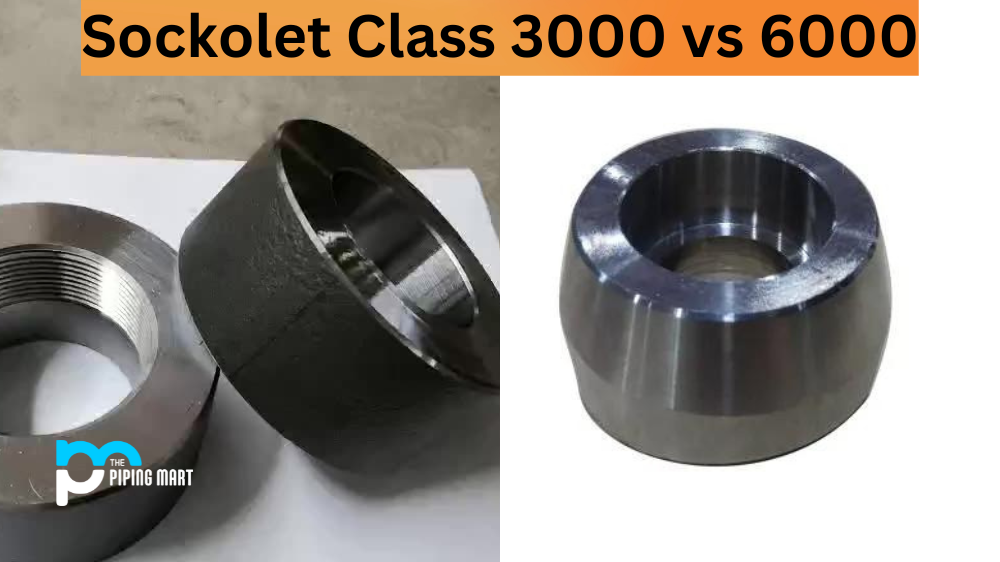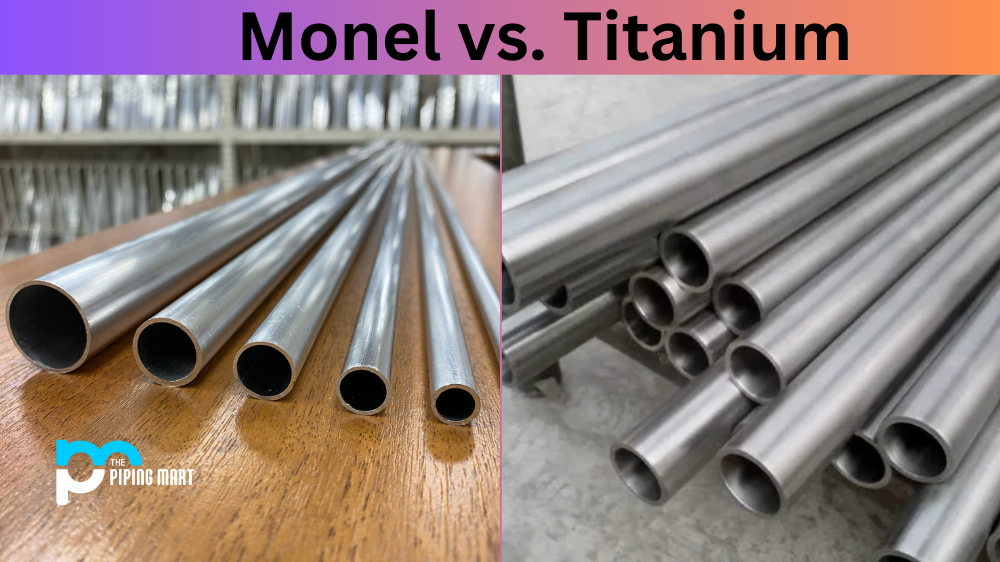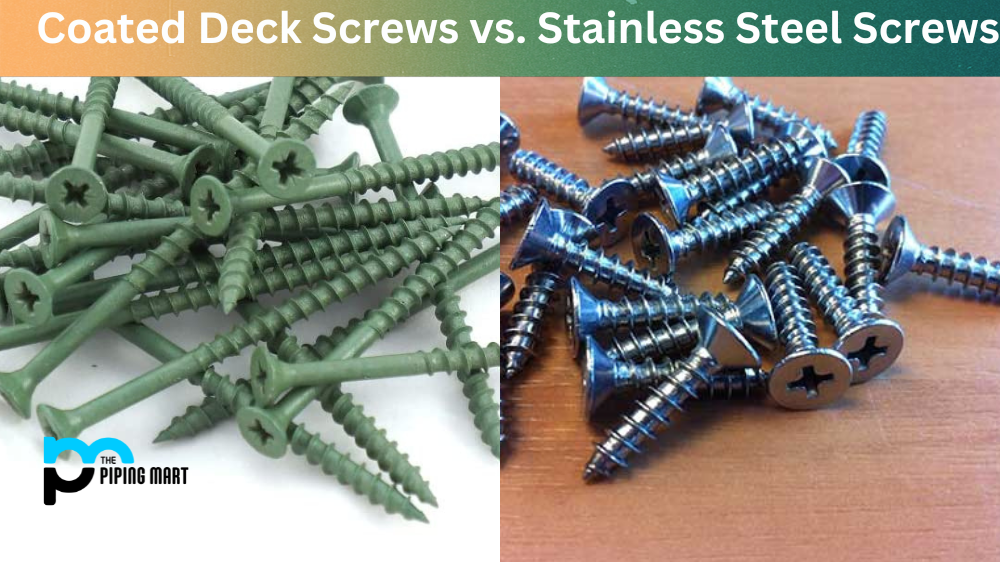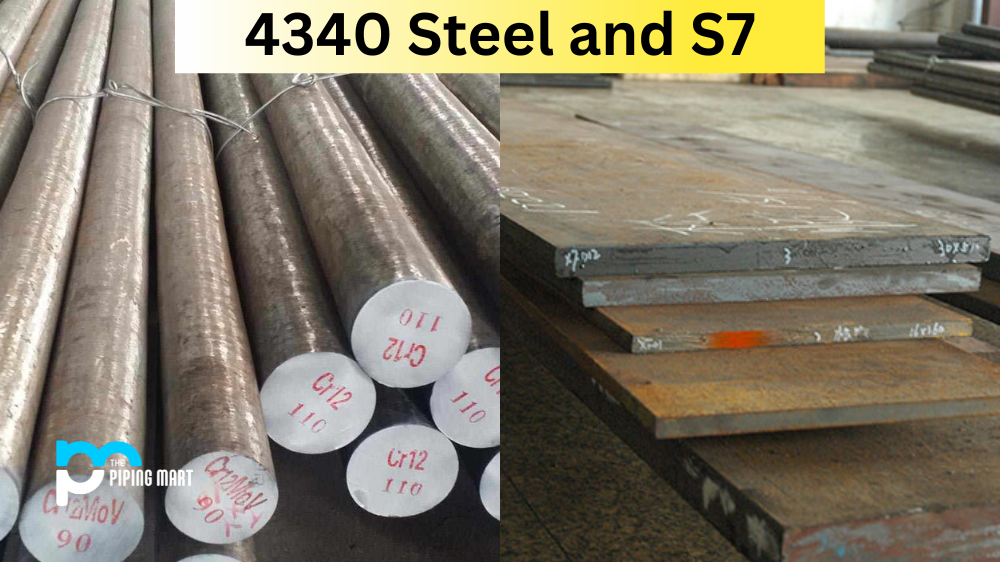Sockolets are one of the essential fittings used in piping systems. These fittings are used to join pipelines and connect them to other equipment. They come in different classes, including Class 3000 and Class 6000. Selecting the right socket is critical as it impacts a piping system’s overall performance and safety. In this blog post, we will compare and discuss the differences between Sockolet Class 3000 and 6000 to help you make an informed decision.
Difference Between Sockolet Class 3000 and 6000
Material Thickness
Class 3000 and 6000 sockets differ in material thickness. Sockolet Class 3000 thickness ranges from 3/8″ to 4″, while Class 6000 thickness ranges from 1/2″ to 4″. The Class 6000 socket has a thicker and stronger material, which makes it suitable for high-pressure applications. In contrast, the Class 3000 socket is more suited for lower-pressure applications.
Pressure Rating
Pressure rating is a crucial consideration when choosing sockets. Sockolet Class 3000 has a maximum pressure rating of 3000 PSI, while the Class 6000 socket has a maximum pressure rating of 6000 PSI. This means the Class 6000 socket can withstand higher pressure than the Class 3000 socket. Therefore, if you are dealing with a high-pressure application, choose the Class 6000 socket.
Installation
The installation process of sockets differs based on class. Class 3000 socket installation is relatively easier than Class 6000 socket. The latter requires a higher skill level to avoid leaks, proper positioning, and correct welding techniques to ensure the system functions correctly. Before installation, it’s essential to consult with a professional to ensure optimal performance, safety and avoid unnecessary downtime.
Cost
The cost of sockets varies depending on the manufacturer, grade, and class. Typically, a Class 6000 socket is more expensive than a Class 3000. This is primarily because of the added thickness of the Class 6000 socket, which makes it more durable and suitable for high-pressure conditions.
Conclusion
Selecting the right socket for your piping system ensures optimal performance and safety. We have highlighted some key differences between socket Class 3000 and Class 6000 above. In summary, the Class 3000 socket is suitable for low-pressure applications, while the Class 6000 socket is suitable for higher-pressure systems. Class 6000 socket is also thicker, stronger, and more durable, making it costlier than the Class 3000 socket. Remember to consult with a professional before choosing the right socket suitable for your application.

Meet Bhavesh, a seasoned blogger with a wealth of knowledge and experience. From metal products manufacturing to retail, Bhavesh has a diverse background in various industries and is dedicated to sharing his insights and expertise with readers.




